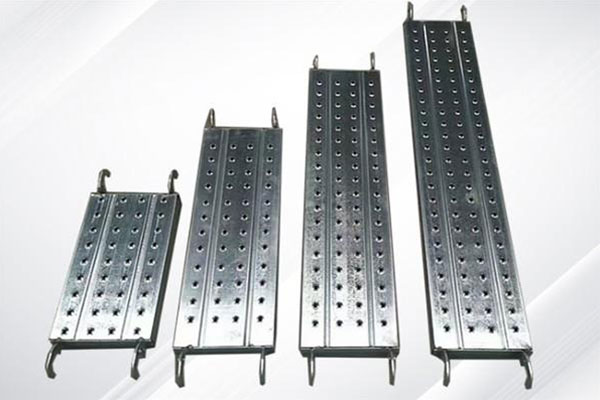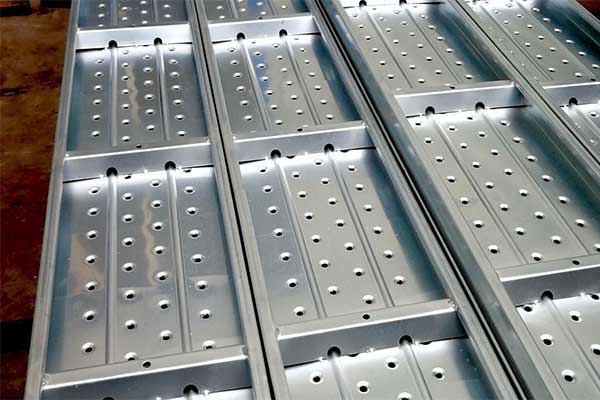Scaffolding Steel Boards: Everything You Need to Know
Scaffolding steel boards are an essential component in modern construction projects. Their strength, durability, and safety make them a superior choice compared to traditional wooden planks. Whether you are working on high-rise buildings, bridges, or industrial facilities, steel boards offer unmatched reliability and longevity.

What Are Scaffolding Steel Boards?
Scaffolding steel boards are metal planks used as walkways or working platforms in scaffolding systems. These boards provide a stable surface for workers, ensuring safety and efficiency during construction, maintenance, and repair work.
Key Features of Steel Scaffolding Boards
- High Load Capacity – Steel boards can support significant weight, making them suitable for heavy-duty applications.
- Fire Resistance – Unlike wooden planks, steel does not catch fire, enhancing worksite safety.
- Weather Resistance – Steel boards are resistant to moisture, corrosion, and extreme temperatures.
- Anti-Slip Surface – Most steel boards come with perforated or embossed surfaces to prevent slipping.
- Long Lifespan – Steel is highly durable and can be reused for multiple projects, reducing costs over time.
Benefits of Using Scaffolding Steel Boards
1. Enhanced Safety
Safety is a top priority in construction. Steel boards minimize the risk of accidents by providing a stable, non-combustible, and slip-resistant working platform.
2. Cost-Effectiveness
Although the initial investment in steel boards is higher than wooden planks, their long lifespan and reusability make them more economical in the long run.
3. Sustainability
Steel is a recyclable material, making steel boards an environmentally friendly choice. Their reusability also reduces waste and the need for frequent replacements.
4. Compatibility with Scaffolding Systems
Steel boards are designed to fit seamlessly into various scaffolding systems, including ringlock, cuplock, and frame scaffolding, ensuring versatility in construction projects.

Types of Scaffolding Steel Boards
1. Galvanized Steel Boards
Galvanized boards are coated with zinc to prevent rust and corrosion, making them ideal for outdoor use.
2. Powder-Coated Steel Boards
These boards have an additional protective layer that enhances durability and aesthetic appeal.
3. Perforated Steel Boards
Designed with holes or slots, perforated steel boards improve drainage and reduce weight while maintaining strength.
Common Specifications of Scaffolding Steel Boards
Steel boards come in various sizes and thicknesses, depending on the scaffolding system used. Below are some standard specifications:
| Specification | Details |
|---|---|
| Material | Galvanized steel, hot-dip galvanized, or powder-coated steel |
| Thickness | 1.2mm – 2.0mm |
| Width | 210mm, 225mm, 240mm, 250mm, 300mm |
| Length | 1.0m – 4.0m (custom sizes available) |
| Load Capacity | 150kg – 250kg per board |
| Surface Type | Perforated, embossed, or plain |
Choosing the Right Scaffolding Steel Boards
When selecting scaffolding steel boards for your project, consider:
- Load Capacity – Ensure the boards can support the required weight.
- Coating & Protection – Opt for galvanized or powder-coated boards for enhanced durability.
- Size & Compatibility – Choose boards that fit your scaffolding system.
- Regulatory Compliance – Ensure the boards meet safety standards and certifications in your region.
Conclusion
Scaffolding steel boards are a crucial element in ensuring worker safety and efficiency on construction sites. Their durability, fire resistance, and long lifespan make them a superior choice over traditional wooden planks. If you need high-quality scaffolding boards for your next project, contact us today to explore our wide range of options.
